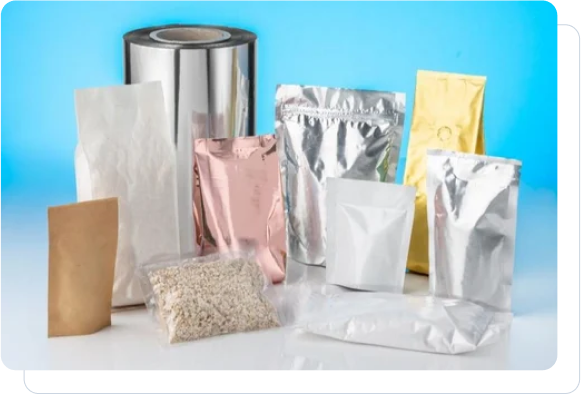When it comes to choosing the right packaging material there is a lot to choose from. But there’s one solution that stands out for its versatility, cost-effectiveness, and wide range of benefits: flexible packaging. Flexible packaging is crucial for your product’s security, visibility, and brand image whenever you are introducing a new product or changing your packaging solution.
In this guide, you will learn about the different types of flexible packaging, decision-making aspects of the right type for your product, and how to select the right flexible packaging supplier for your needs.
What is Flexible Packaging?
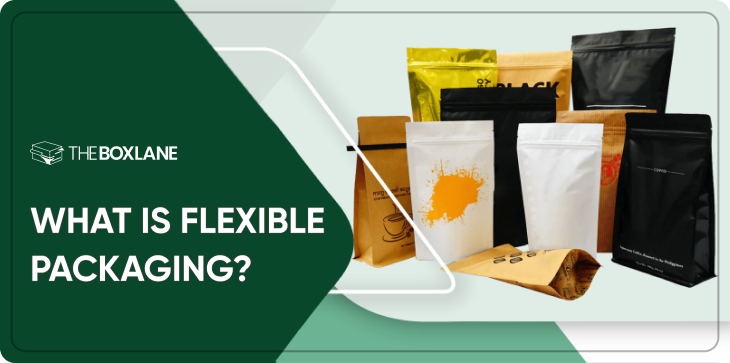
This form of packaging comes in the form of plastic films, foil, and paper material that are bendable, stretchable or flexible. This sort of packaging is more flexible and lightweight compared to rigid packaging such as glass or metal. It is especially common in the food, drink and consumer goods industries; here are the numerous benefits it has to help your business gain the edge over your competitors.
The recent developments of flexible packaging have affected the packaging market for both the big and the small firms. Being versatile, economical and offering green solutions, the material can be used in a wide range of products.
Why Choose Flexible Packaging?
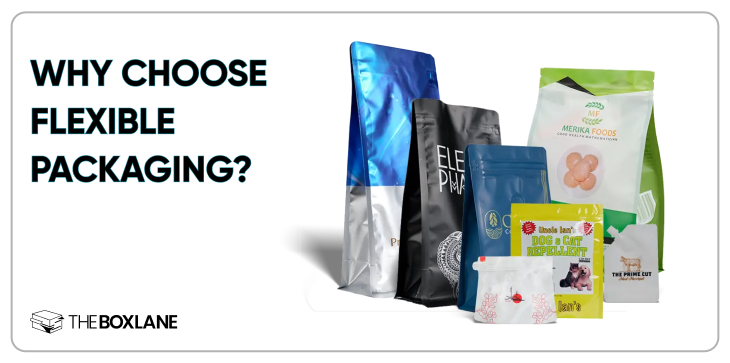
Selecting the correct type of packaging is critical to your product's success in the marketplace. Here are some of the top reasons why flexible packaging has become the go-to solution for many businesses:
Cost-Effectiveness
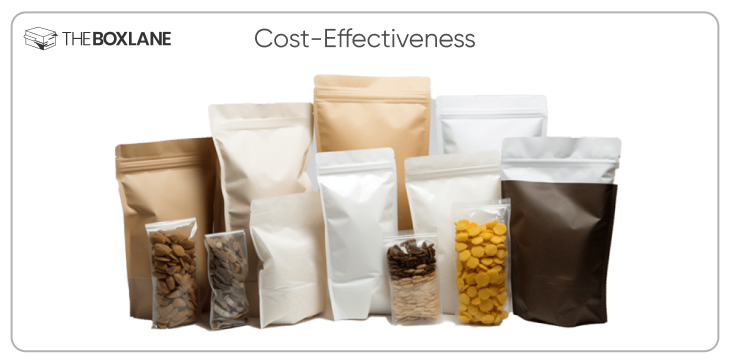
Flexible packaging is more cost-effective to manufacture than other forms of packaging such as glass, metal or plastic containers. This also means that it has a relatively low shipping weight which is always a plus to any company that wants to minimize their overheads.
Eco-Friendly Options
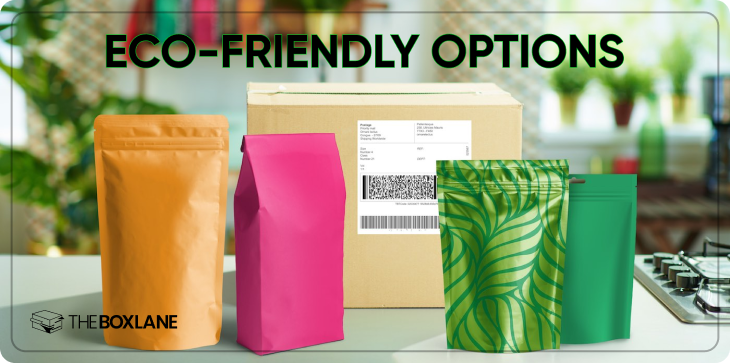
Flexible packaging is more sustainable than rigid packaging since it is recyclable, biodegradable or made from renewable resources thus making it easier for companies that wish to have a way forward from causing harm to the environment.
Durability and Protection
Generic materials like polyethylene can be more flexible and provide a much better barrier to the product to avoid interaction with air, moisture and contaminants. It is especially the case with foods and beverages because these products are sensitive to changes in their packaging environment.
Customizability
Flexible packaging includes pouches, mylar bags, wraps and many other forms. It can also be easily modified in terms of size, shape, and usage to enable your product to be packaged in a unique and company defined manner.
Space Efficiency
Flexible packing is convenient to store and transport because it is lightweight and can be packed in ways and sizes that suit the contents. This means you can get the most out of your storage space, utilize less resources when shipping your products and get a better supply chain.
Types of Flexible Packaging Materials

The kind of material used in packaging depends on the type of product, the shelf life of the product and the method of transportation and storage. Let’s look at some of the most common materials used in flexible packaging:
1. Polyethylene (PE)
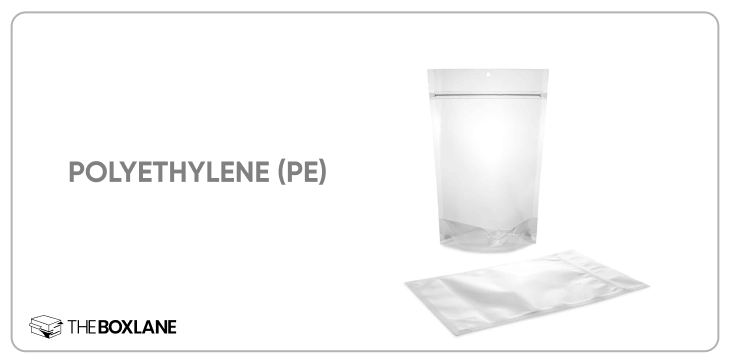
Polyethylene is one of the most widely used materials for flexible packaging owing to its robustness and low price. It is normally applied to articles such as confectionery, food stuff and any other consumer goods.
- Pros: Polyethylene is waterproof and very strong and it can be used in almost every aspect of life. It is also relatively small and thus can be shipped at a cheaper cost.
- Cons: Although PE is useful in the protection of products, it is not as substantial in its defense against light and oxygen as compared to other materials, like aluminum.
2. Polypropylene (PP)
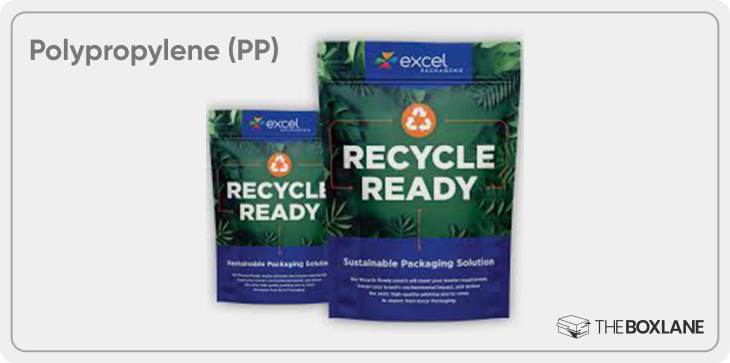
Polypropylene tends to find application in packaging goods that are best served by transparency, including snacks, cosmetics, and non-food products. This is a little more rigid than polyethylene but is still quite flexible making it fall under the flexible packaging category.
- Pros: It’s transparent so that the customer can see the product even without opening the pack. It also does not swell or absorb grease as well as moisture, which is good for products such as chips and cookies.
- Cons: Polypropylene is costlier than polyethylene and it is not as effective against light as other materials.
3. Polyester (PET)
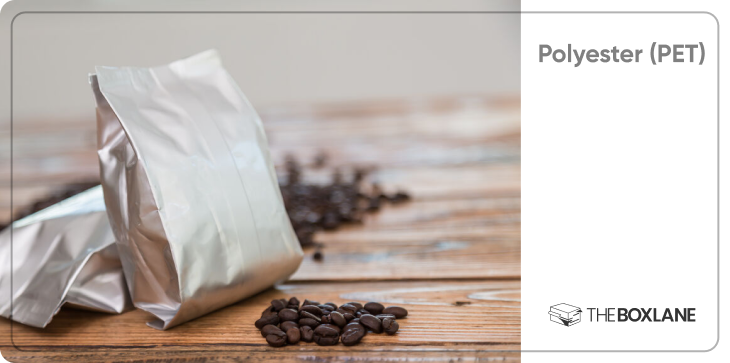
Polyester is normally used in the making of higher end products because of the benefits such as durability and heat resistance. Most often it is applied to drinks, cosmetic products and other kinds of goods which require additional protection.
- Pros: PET has an acceptable level of clarity, strength and heat resistance. It can also be recycled which makes it better than other polyvinyl chloride products which are not recyclable.
- Cons: It costs more than polyethylene or polypropylene, which may turn off some businesses that are working to a tight budget.
4. Aluminum Foil
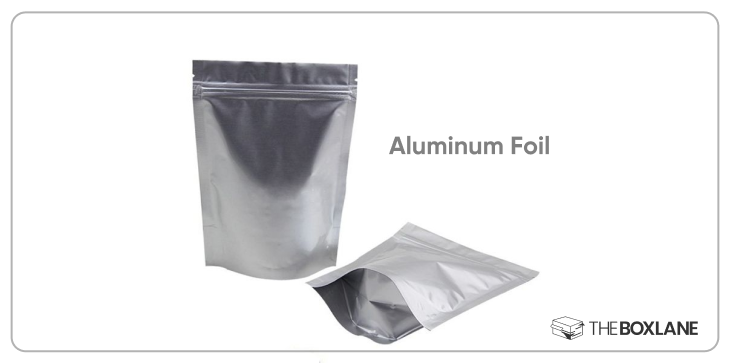
Aluminum foil is used in flexible packaging to give protection against light, moisture and oxygen because it is a good barrier. This material is widely used in packing snacks, coffee and some medical products.
- Pros: Offers a good cover to retain freshness and produce longer shelf life. It also gives your product packaging a high end and sleek look.
- Cons: Aluminum foil packaging is also denser and more costly than other kinds of packaging, and it is not always as recoverable as certain kinds of plastic.
5. Paper-Based Packaging
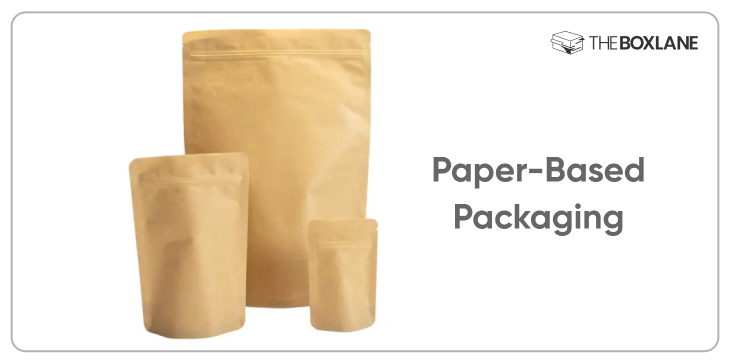
Kraft papers used in conjunction with plastic coatings are rapidly gaining popularity because of their environmental friendliness. It is widely used for grains, coffee and other types of food products.
- Pros: Paper is biodegradable and can be recycled hence making it an environmentally friendly material. It also offers a natural feel to consumers, which appeals to those who are conscious of protecting the environment; most importantly it is fully sustainable.
- Cons: Compared to plastic or foil, paper based packaging structure is not as strong and it might not be ideal to use for protecting products that need strong barriers.
Things To Consider When Selecting Flexible Packaging
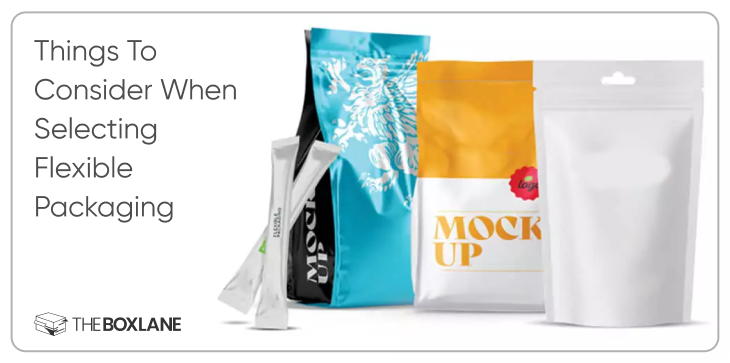
Selecting the appropriate flexible packaging is not about picking the first option that comes across the mind. It poses a number of conditions that may affect the outcome of your product in the market.
1. Product Protection
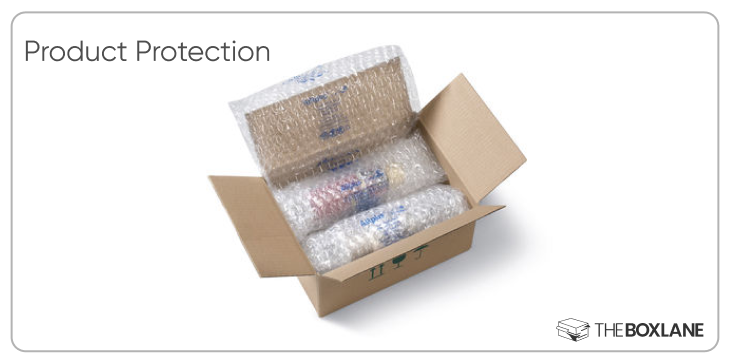
The primary goal of packaging is to safeguard your product against adversative conditions that may include contamination, spoilage or damage while in storage or in transit. The type of packaging material you select will depend on your product, and you will need to decide between a flexible packaging material that offers the amount of protection required for your product. For instance, food items need moisture proofing, and some cosmetic or other products which are easily affected by light should be sealed in opaque or foil packages.
2. Product Visibility
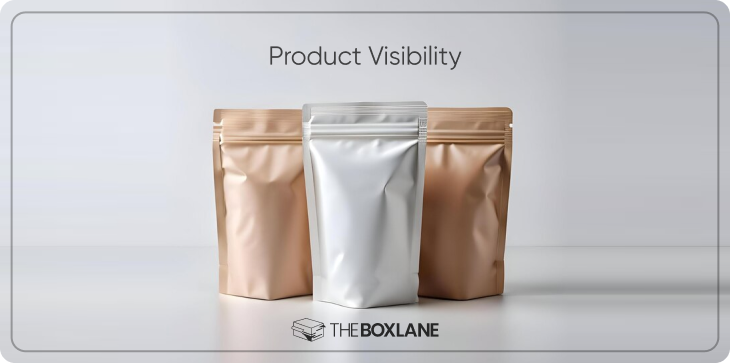
If a certain type of packaging lets the buyer see what is inside, then it is more effective than others . If your product requires to be seen—snacks, beverages, cosmetics, etc. then clear polypropylene or polyester material bags should be used. Flexible packaging is clear to ensure customers get value for their money and see quality and fresh products from the pack.
3. Branding and Design
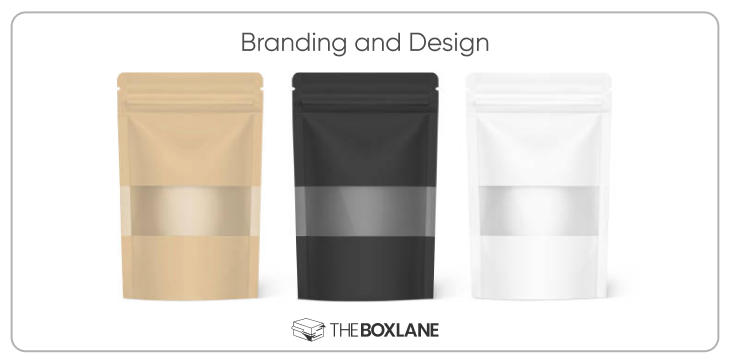
One of the most impactful forms of your brand’s communication is your packaging. Flexible packaging can be flexibly colored in a manner that can be appealing or communicate certain information that appeals to the target market. If you prefer simple, clean lines or striking graphics, flexible packaging can be as stylish as it wants to be without sacrificing usability.
Think about what kind of experience you want to provide to your customers. A zipper could be more convenient than a normal flap, a stand up resealable pouch could add more value to products such as coffee or snacks, where the freshness of the product is important.
4. Size and Shape
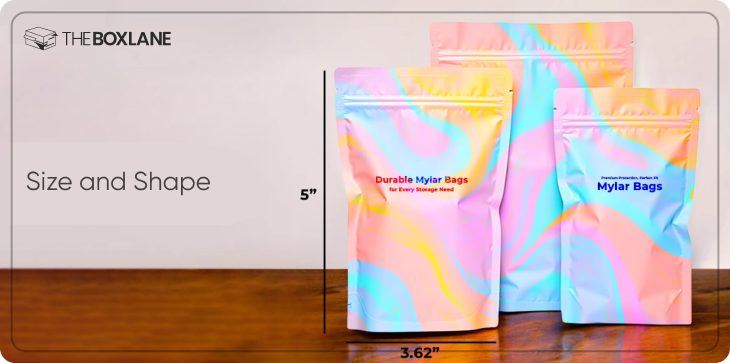
Choose a packaging style and size that will be appropriate for your product, and which will be easy to handle, store or transport. Flexible packaging can be produced in any size and in any form, ranging from sachets to large packs. This versatility cuts on material wastage and the products can be easily stored and transported.
Ensure that your packaging matches both the size of your product and also gives a usability aspect to the consumers.
5. Environmental Considerations
With the increasing awareness of the impact that we have on our environment, organizations are beginning to pay attention to what they use to package their products. There is a possibility of using flexible packaging as an environment-friendly packaging since it is made from recyclable, biodegradable or renewable materials. Another aspect is that customers like having packaging that is environmentally friendly, so choosing packaging that is easy on the environment will help your brand.
In case sustainability is at the core of your brand’s values, choose items such as paper based pouch or biodegradable plastic.
6. Cost-Effectiveness

It is true that flexible packaging proves economical in many cases but the price can vary depending on the type of material used, the design and the level of customization. One should take their time to compare the prices of suppliers and weigh between cost and the kind of packaging material needed. Remember that affordable materials may harm the safety and/or freshness of the product and therefore should use appropriate materials.
7. Regulatory Requirements
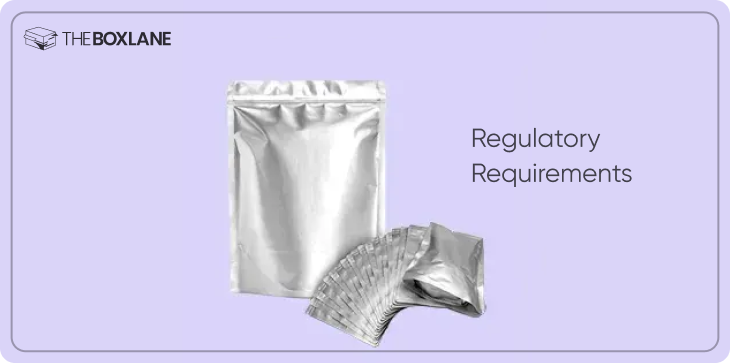
Some products are regulated products especially those in the food products and pharma products industries. Packaging should respect the legislation measures of the country and the international rules of labeling, safety, and quality. For example, food packaging requires compliance with FDA requirements while packaging of pharmaceutical products requires tamper proof indicators.
Make sure the supplier you are sourcing your packaging from is conversant with and capable of preventing you from violating these regulations. This is going to be helpful in avoiding any complication or a compliance problem at a later date.
8. Shelf Appeal
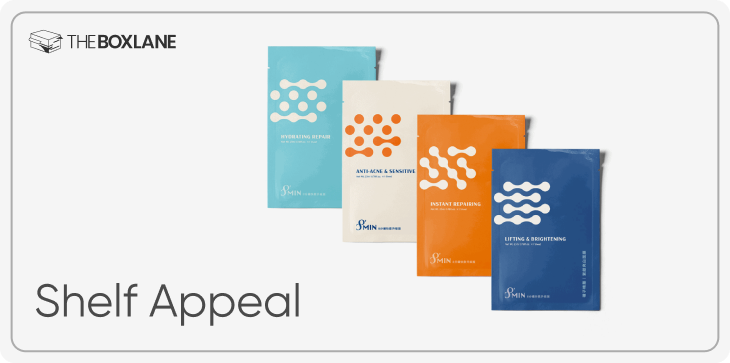
Last but not least, think about its shelf appeal, in other words, how your product will look on the shelf. Flexible packaging is widely applied to make a product easily noticeable among other similar products in a store. The appearance of the package should be attractive and persuasive enough to make the consumers pick your product. To encourage customers to pick your products from the shelves, ensure that you have used creativity to design your product’s appearance.
Selecting the Right Supplier of Flexible Packaging
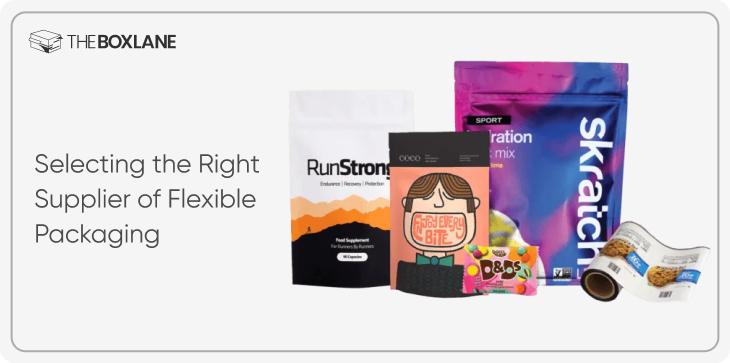
After you have made the right decision of which type of flexible packaging you need for your business, the next step is to look for a supplier. The following factors have to be taken into consideration when selecting a packaging supplier:
- Quality Assurance: Ensure that the supplier sources high quality material which will suit the needs of your product. Send samples for the purpose of testing its sturdiness and efficiency.
- Customization Options: Your packaging supplier needs to be able to lay hold of special sizes, colors and designs that will suit your brand.
- Sustainability Practices: If environmental impact is an issue of concern to you, check that the supplier provides green products.
- Lead Time and Delivery: Make sure to know the supplier’s capacity to produce the goods in the required time so that your business will not be affected and that they should provide fast delivery services.
- Pricing and Value: Check out the different suppliers and their prices, but it is important to look at the value as well. Do not sacrifice quality when looking for a cheaper way to produce your item.
Conclusion
Selecting the most appropriate flexible packaging for your business will help you to protect the product in the best way after it has been packaged, attract the customer, and help the business owners create a company image. In evaluating material, cost, design and sustainability, you are able to make the right decision that will serve the interest of your business, your customers and the society at large. Flexible packaging if well selected will help you achieve all your objectives of creating a unique product, a product that will be fresh and will experience a positive experience from the customers.
Are you looking to level up your product and scale up your business? Look no further than The Box Lane. Our specialty is to provide comprehensive solutions and manufacture superior quality flexible packaging solutions to fit your specifications. Check out our choices and let us make your ideas come true. Call The Box Lane today and find out how we can make your packaging work as a promotional tool.


